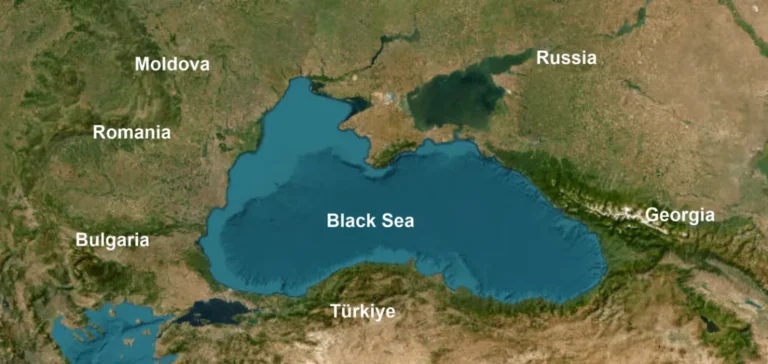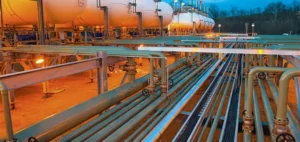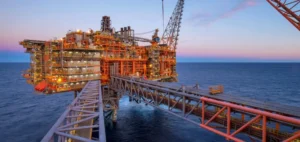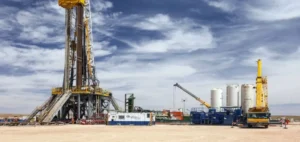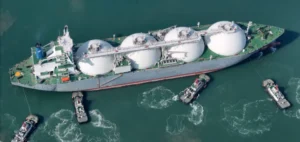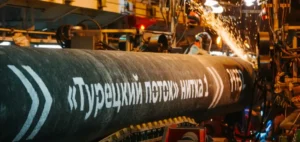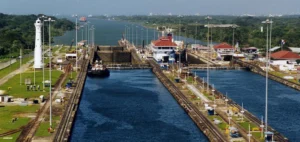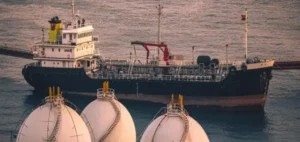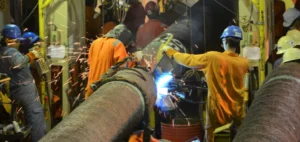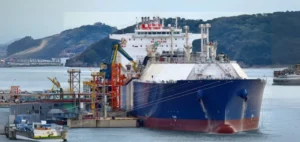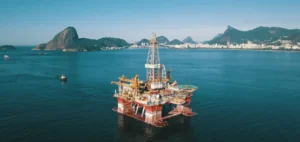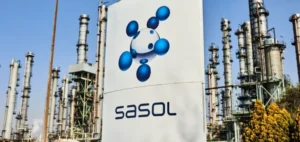The deep waters of the Black Sea are emerging as Europe’s next gas eldorado, with four of the ten largest gas fields planned on the continent in the next decade. This radical transformation comes as Europe desperately seeks to diversify its energy supplies, facing the imperative to free itself from Russian gas by 2027. The basin’s estimated reserves could exceed 100,000 billion cubic feet, positioning the region as an essential player in European energy security. National and state companies currently control 94% of deepwater concessions, significantly limiting opportunities for international investors.
Extraction Costs Hidden by Hydrogen Sulfide
The Black Sea basin presents a unique geological characteristic that directly impacts operating costs. More than 75% of the seabed and deep waters are oxygen-depleted, creating the world’s largest anoxic basin. This characteristic generates massive concentrations of hydrogen sulfide (H₂S) from 150-200 meters depth, requiring the use of specialized anti-corrosion equipment and enhanced safety protocols. Operators must integrate these constraints into their operational budgets, increasing costs by 20 to 30% compared to conventional basins according to industry estimates.
Logistical challenges amplify this economic complexity. All major drilling equipment must transit through the Bosphorus Strait, whose minimum width reaches only 750 meters at certain points. This physical constraint limits transport options and increases delivery times by several weeks, directly impacting development schedules. Tectonically active zones, with average annual earthquakes, require reinforced infrastructure designs and insurance premiums that can double standard costs. Soft sediments and methane vents create additional risks of well instability, requiring advanced and expensive drilling technologies.
Ukraine Holds the Keys to an Inaccessible Energy Treasure
Ukrainian gas potential in the Black Sea represents the elephant in the room of European energy discussions. Estimates suggest that the Ukrainian continental shelf could contain more than 2,000 billion cubic meters of natural gas, equivalent to four years of total European consumption. Since the annexation of Crimea in 2014, Ukraine has lost control of 80% of its offshore oil and gas deposits, representing an economic loss valued at more than 300 billion dollars over twenty years. Russia currently operates the seized Ukrainian platforms, notably the Boyko towers, extracting approximately 2 billion cubic meters annually to supply the annexed peninsula.
This situation creates a major geopolitical paradox for European investors. Ukrainian reserves could theoretically cover 15 to 20% of European needs post-2027, but remain out of reach as long as the conflict persists. Naftogaz, the Ukrainian national company, is preparing exploration of 32 remaining blocks under Ukrainian control, estimating a potential of 37.5 billion cubic meters in these areas. Oil majors like ExxonMobil and Shell had invested hundreds of millions in exploration before 2014, but abandoned their projects due to security risks. Resolution of the conflict could unlock investments of 50 to 70 billion dollars in the Ukrainian offshore sector.
Bulgaria Bets 170 Million Euros on Its Gas Future
NewMed Energy and OMV Petrom have taken a decisive step by signing an 80 million dollar contract with Noble Corporation for drilling two exploration wells in the Han Asparuh block. Operations will begin in October 2025, with a total drilling budget estimated at 170 million euros, including integrated services from Halliburton and well testing from SLB. The first well, Vinekh-1, presents a 50% probability of discovering 70 billion cubic meters of gas, while the second, Krum-1, offers a 30% chance of revealing 170 billion cubic meters at 3,540 meters depth.
These potential volumes would radically transform the regional energy market. Bulgaria currently consumes 3 billion cubic meters annually, meaning that even the most modest discovery would ensure energy independence for more than two decades. The existing infrastructure of the Greece-Bulgaria interconnected gas corridor, operational since 2022, would facilitate rapid routing to European markets. Gas prices in Europe, currently around 30 euros per megawatt-hour, remain twice as high as those in the eastern Mediterranean basin, creating an attractive arbitrage opportunity estimated at 3-4 billion euros annually in case of success.
Turkey Accelerates with Sakarya Despite Budget Revisions
The Sakarya field, discovered in 2020 with confirmed reserves of 710 billion cubic meters after the latest evaluations, symbolizes Turkey’s ambition to reduce its energy dependence. Turkish Petroleum Offshore Technology Center (TP-OTC) achieved commercial production in April 2023 after an accelerated development phase of only three years. Current production reaches 20 million cubic meters per day and should double by the end of 2025. Phase 2 of the project, requiring an additional 3.5 billion dollars according to latest estimates, will integrate 26 new wells to reach a capacity of 60 million cubic meters daily by 2028.
Technical challenges encountered have forced a complete revision of the development strategy. Initial production reached only 60% of planned objectives, mainly due to the geological complexity of Miocene-Pliocene reservoirs. The acquisition of the FPSO BW Opportunity for 125 million dollars and contracts with Saipem, OneSubsea and Subsea7 totaling 1.8 billion dollars demonstrate the massive investments required. These adaptations increase the total project cost to approximately 10 billion dollars, but remain economically viable given Turkey’s gas import bill which reached 97 billion dollars in 2022, allowing a return on investment in less than four years.
Romania Mobilizes 4.4 Billion to Transform Its Energy Status
The Neptun Deep project, with a confirmed investment of 4.4 billion dollars, represents Europe’s most significant gas development in a decade. OMV Petrom and Romgaz have awarded 80% of execution contracts, including the engagement of Transocean Barents for 357 million dollars and an EPCI contract of 1.8 billion with Saipem. The targeted production of 8 billion cubic meters annually from 2027 will generate revenues estimated at 2.5 billion euros per year at current market prices. This production will transform Romania from a net importer to the European Union’s second-largest gas producer after the Netherlands.
Technological innovation distinguishes this project from conventional developments. The exclusive use of natural reservoir energy for gas transport eliminates compression needs, reducing operational costs by 30% and CO2 emissions by 50,000 tons annually. The fully automated platform, controlled via a digital twin from Bucharest, minimizes personnel exposure to H₂S dangers. The subsea production system integrates advanced separation technologies allowing gas treatment directly on the seabed, a first in the Black Sea. These innovations could reduce future development costs by 15 to 20% in the basin.
Black Sea gas developments are part of a broader European strategy aimed at energy independence. The European Commission has allocated 1.2 billion euros via the REPowerEU program to support connection infrastructure from the Black Sea. Combined projects from Turkey, Romania and Bulgaria could provide 35 to 40 billion cubic meters annually by 2030, covering approximately 10% of European demand. Challenges remain considerable, with development costs 40% higher than North Sea basins and production lead times extended by 18 to 24 months on average. Nevertheless, proximity to European markets and the geopolitical imperative of diversification guarantee the economic viability of these projects, even with extraction costs reaching 4 to 5 dollars per million BTU versus 2 to 3 dollars in more conventional basins.


